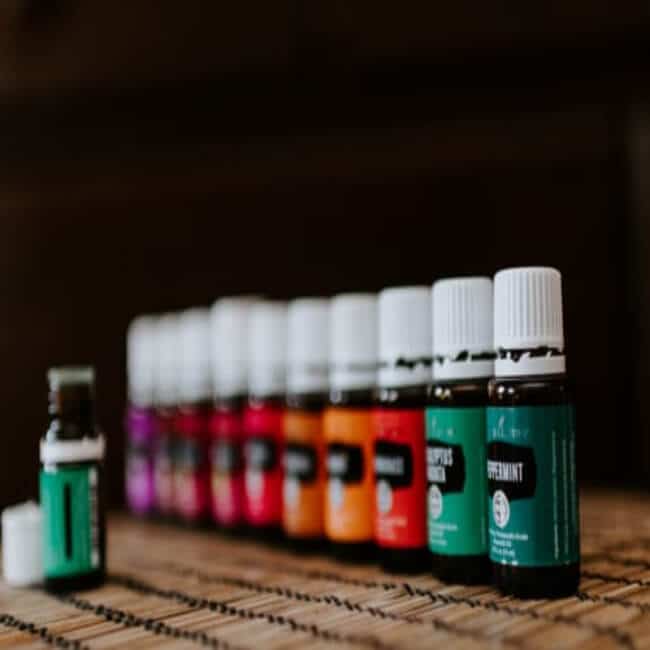
A lot of people ask if it’s okay to combine two or more essential oils together in a diffuser. And from my experience, there are some essential oils that you should never mix together. This is a great post for everyone who wants to explore mixing the different kinds of essential oils.
There are many different types of essential oils, and for good reason. Each one has a unique scent and purpose. However, some should never be mixed together.
Below I’m going to tell you the two reasons why you should be careful when mixing certain oils together, as well as give you a list of essential oils that you should never mix together.

List of Essential Oils That You Should Never Mix Together
The following is a list I gathered from several websites, along with the effects they each have when mixed.
• Peppermint + Lemon = disagreeable odor
• Peppermint + Thyme = stomach irritation
• Peppermint + Basil = flavor blending
• Peppermint + Ylang-ylang = potential skin sensitivity
• Peppermint + Jasmine = irritate respiratory system
• Peppermint + Rosemary Blends= not advisable to be taken during pregnancy
• Peppermint + Patchouli = not recommended by aroma therapists
• Grapefruit + Lemon essential oils = cause skin irritation
There Are Two Reasons To Avoid This
-
- You could end up with a harsh scent that makes you look like the mall Santa Claus.
- You could end up with a scent that is just plain gross or not even discernible as an actual scent.
Mixing essential oils can produce a variety of unpleasant odors in your home. While everyone has their own preferences for what blends work best for them, if you are anything like me you will almost always end up adding one basic oil to another.
This is usually true even if you have made the effort to research which blends are best for you. The reason for this is that our minds often fill in the blanks and create (Oils) instead of what they actually are. Mixing too many different types of oils can damage your health and increase the risk of burning out. Too much lemon or lavender oil in your hair, for example, can lead to dry skin (in fact, it can even cause acne).
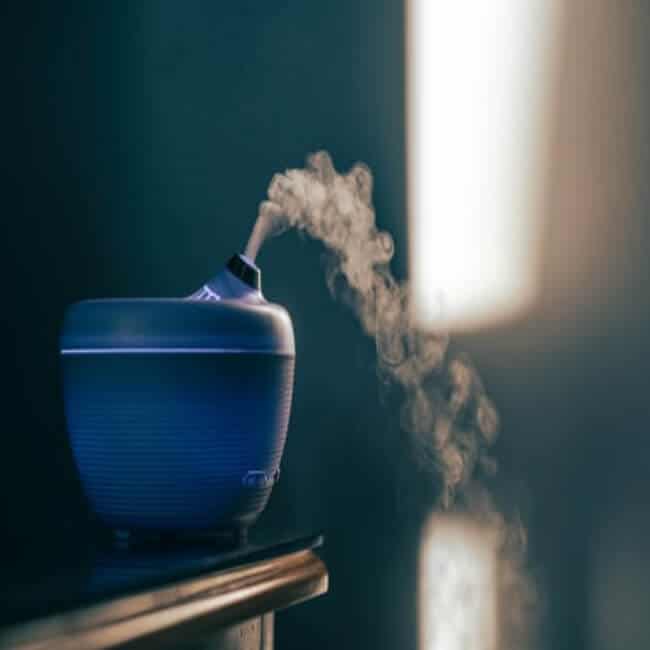
According to a new Australian study based on data from a poisons center in the state of New South Wales, the frequency of essential oil poisonings has increased in recent years, with more than half of calls to the center involving minors.
Researchers from the University of Sydney identified 4,412 cases of essential oil exposure between July 2014 and June 2018, categorizing them according to the period, kind of oil, changes over time, and characteristics of the afflicted individual.
They discovered that between 2014 and 2015, 1,011 calls to the center were made by people or parents reporting a suspected poisoning. From 2017 to 2018, the number of reported cases increased by more than 16 percent, reaching 1,177.
The vast majority of poisonings – 80 percent – were completely unintentional, caused by mistaken the bottle for another medication, such as cough syrup. Only around 2% of those who took the essential oil on purpose did so because of misinformation.
Perhaps more alarming was the fact that in 63% of cases, the person afflicted had been under the age of 15.
“Exposures are increasing in number, perhaps reflecting increased use of essential oils and indicating the need for public education.”
-According to the findings of researchers
The fact that the oils are necessary does not make them significant, so don’t be misled by the description. The ‘essence’ refers to the volatile nature of the oils, which are extracted by heating certain botanicals, often in a steam distillation process.
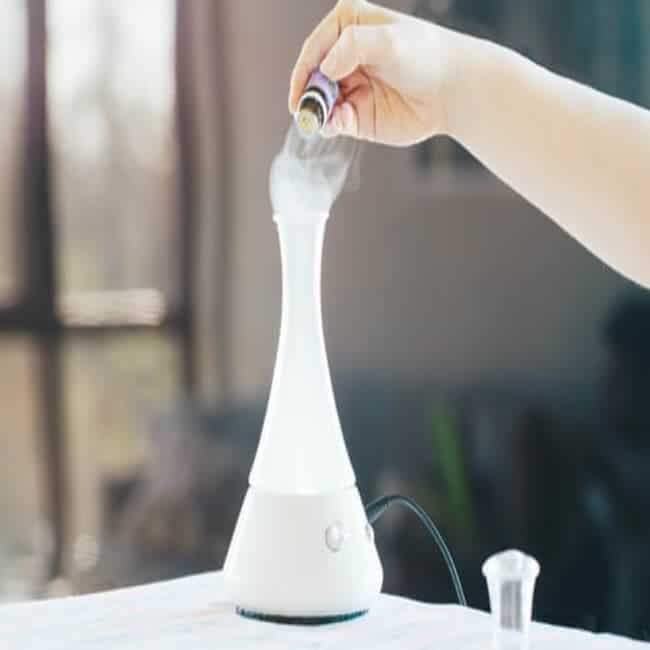
How You Should Mix Essential Oils Safely?
To Mix Essential Oils Safely, You Must Consider The Following Tips:
TIP #1. CHECK THE QUALITY
Look for a reputable manufacturer who produces pure oils with no additives. Oils containing additional components are more likely to cause an allergic response. Not all additions are undesirable. Certain more costly essential oils may require the use of vegetable oil.
Tip #2. DO NOT BELIEVE BUZZWORDS
Even if its “pure,” just because it’s derived from a plant doesn’t imply it’s safe to apply on your skin, breathe, or consume. Natural chemicals can be unpleasant, poisonous, or allergenic in nature. As with everything else you put on your skin, it’s advisable to test a tiny amount on a small area first and see how your skin reacts.
TIP #3. DO DISCARD OLD OILS
In general, they should not be kept for more than three years. Older oils are more likely to deteriorate due to oxygen exposure. They may not perform as effectively and may irritate or trigger an allergic response on your skin. If you notice a significant change in the appearance, texture, or smell of an oil, it has most likely ruined.
TIP #4. DO NOT USE INGREDIBLE OILS ON YOUR SKIN
Cumin oil, which is acceptable to use in food, can produce blisters if applied to the skin. Citrus oils that are harmless in meals may be harmful to your skin, especially if you spend time outside in the sun. And the inverse is also true. If you use eucalyptus or mint oil on your skin or inhale it in, it may help you feel better. However, ingesting them may result in a severe problem, such as a seizure.
TIP #5. DO NOT USE ON BUSTED SKIN.
Skin that has been injured or irritated may absorb more oil and may produce undesirable skin responses. Undiluted oils, which you will never use on injured skin, can be extremely harmful.
TIP #6. STOP IF YOUR SKIN REACTS
Essential oils may be beneficial to your skin. But if it doesn’t and you develop a rash, small pimples, boils, or itchy skin, take a rest. The same kind of oil might exacerbate the problem. Wash it off gently with water, whether you created it yourself or it was a component in a fully prepared cream, oil, or aromatherapy product.
TIP #7. CONSIDER AGE
Essential oils may be particularly irritating to young children and the elderly. As a result, you may need to dilute them more. Some oils, such as birch and wintergreen, should be avoided entirely. Because they contain a substance called methyl salicylate, even tiny quantities of them can cause significant difficulties in children aged 6 and under. Use essential oils on a baby only if your physician approves.
TIP #8. DILUTE THEM
Undiluted oils are far too potent to be used undiluted. You’ll need to dilute them, generally with vegetable oils, creams, or bath gels, to find a solution with only a trace of the essential oil (1% to 5%). The exact amount might vary. The bigger the proportion, the more likely you are to have a response, so make sure you combine them properly.
TIP #9. REPORT TO YOUR DOCTOR
Your doctor can ensure that it is safe for you and rule out any potential adverse effects, such as altering your medications. Peppermint and eucalyptus oils, for example, may alter how your body processes the cancer medication 5-fluorouracil from the skin. Alternatively, an allergic response may result in rashes, hives, or breathing difficulties.
TIP #10. DO NOT FORGET TO SAFELY STORE THEM.
They can be extremely concentrated and cause significant health issues, especially if taken incorrectly or at the improper dose. Don’t keep your essential oils too close to anything that small hands should not be able to access. If you have small children, keep all essential oils and outreach of them.

Which essential Oils Are Safe To Use?
Essential oils are concentrated plant extracts that preserve the original fragrance and flavor, or “essence,” of the plant from which they were extracted. And it may be breathed or applied to the skin after being diluted. When ingested, they may increase your sense of smell or have therapeutic properties.
There are over 90 different types of essential oils, each with its own distinct aroma and possible health advantages.
Here is a list of 10 common essential oils, as well as the health benefits linked to them:
- PEPPERMINT: stimulates energy and aids digestion.
- LAVENDER: is a stress-relieving herb.
- YLANG-YLANG: often used cure migraines, nausea, and skin problems.
- TEA TREE OIL: is used to prevent infection and Acne outbreak treatment.
- JASMINE: used to treat depression, childbirth, and low libido.
- LEMON: utilized to help with indigestion, mood, headaches, and other ailments.
- SANDALWOOD: used to soothe tensions and aid with concentration.
- BERGAMOT: used to relieve tension and treat skin problems such as eczema.
- ROSE: used to raise one’s mood and relieve anxiety
- CHAMOMILE: used to boost mood and relax.
When used correctly, most essential oils are harmless and have no negative side effects. However, like with any chemical you introduce into your body, it is critical to utilize them wisely.
You Should Consider The Following Aspects:
• DOSAGE
The most critical element in essential oil safely is dosage. Some essential oils have been proven (in animal and laboratory research) to contribute to tumor growth and other detrimental effects in the body when taken in the wrong dosages or at too high a concentration. When used incorrectly, certain essential oils can even be harmful to the skin, liver, and other organs.
• METHOD OF APPLICATION
An essential oil that is suitable for one use may not be safe for another. Some oils are deemed harmless when breathed but can be irritating when applied to the skin in concentrations as low as 3-5 percent. Essential oils such as thyme, oregano, clove, and cinnamon bark are examples of this. Several citrus oils, including bergamot, lemon, lime, orange, and angelica, can induce photo toxicity (severe burns or skin cancer) if exposed to natural sunshine or sun-bed radiation after skin application, but not when inhaled.
• POTENTIAL MEDICATION INTERACTIONS
There hasn’t been a lot of study done on the interactions between prescription medications and essential oils. Given the complicated chemistry of essential oils, it stands to reason that this is feasible, if not likely. As with nutritional supplements and herbs, it is critical to discuss essential oil usage on a frequent basis with your healthcare practitioner and jointly analyze any potential dangers and advantages. According to research, peppermint and eucalyptus oils boost the skin absorption of 5-fluorouracil, an anti-cancer medication.
• PURITY
Essential oils are occasionally changed by adding synthetic compounds or other essential oils with similar aromas, or they are diluted with vegetable oil. On the label, look for wording suggesting purity. It’s not always a negative thing if the label says, for example, that the bottle contains 20% essential oil and 80% vegetable oil. Sometimes this is done to make popular but pricey oils cheaper, such as rose or neroli (which can cost more than $100 per teaspoon if pure). However, if you believe you are starting with 100 % perfect essential oil but are not, you may be dissatisfied with the outcomes. On the other hand, if you begin with high-quality essential oils.
NOTE:
Do your research when looking for the best aroma therapist. They are not legally required to have any training or a license. However, you may check to see if yours attended a school accredited by professional groups like as the National Association for Holistic Aromatherapy.
Grace is a certified aromatherapist that has studied the art and science of using naturally extracted elements from plants to promote health and heal the mind, body and spirit.


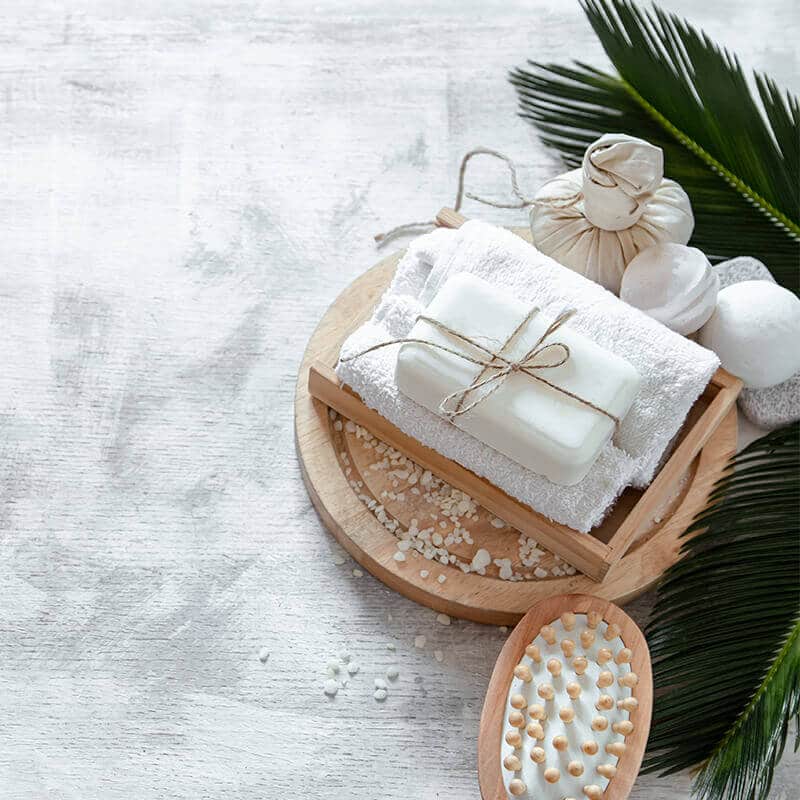
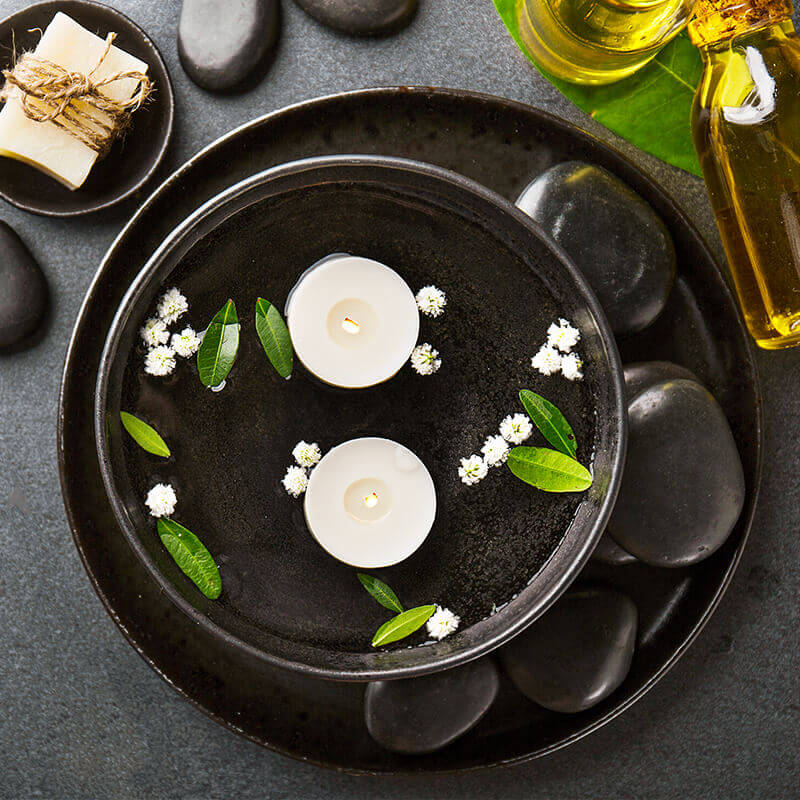
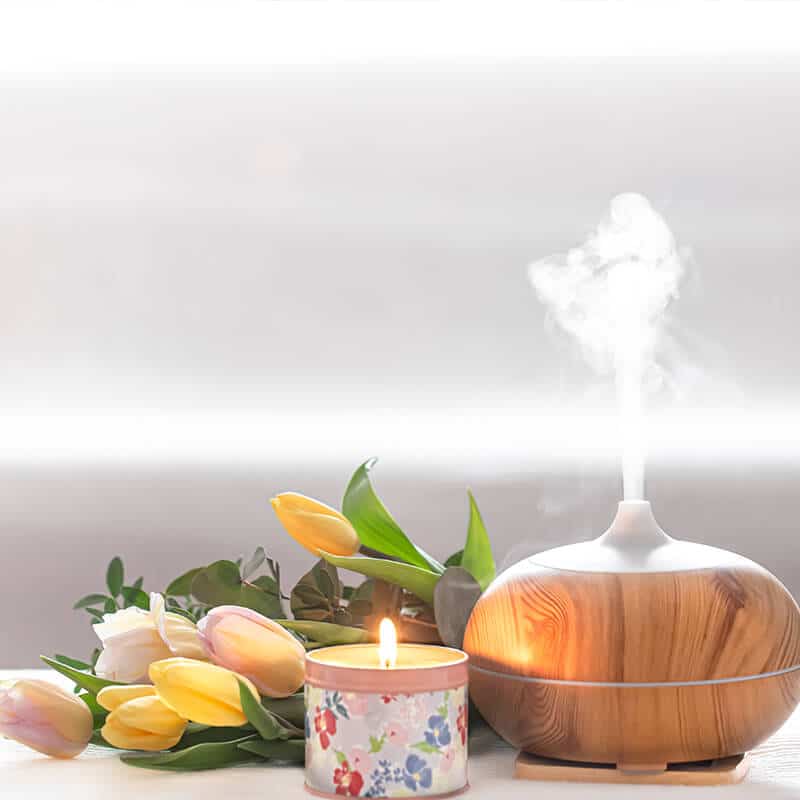
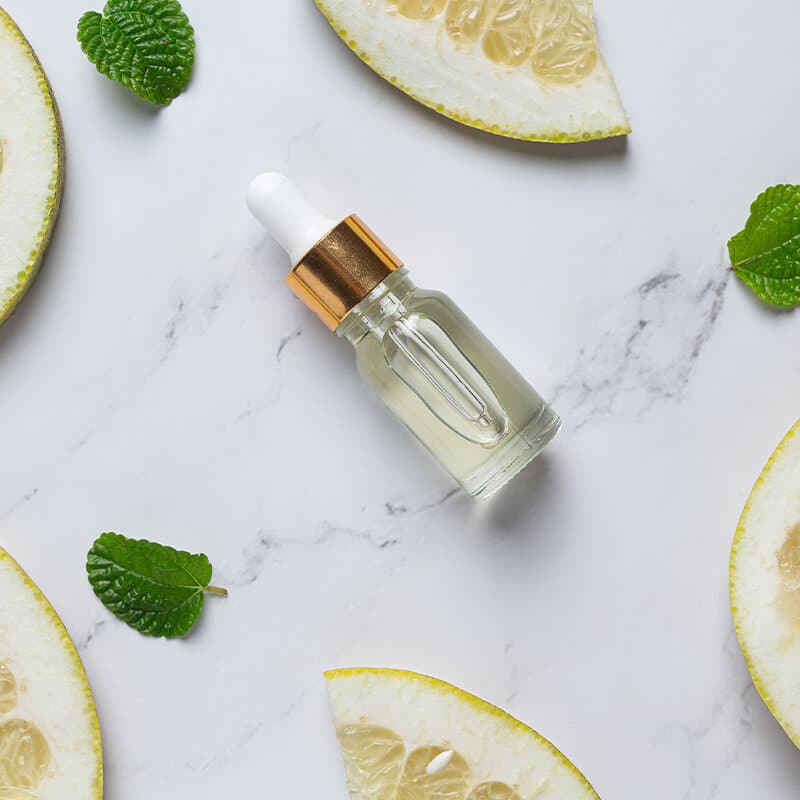
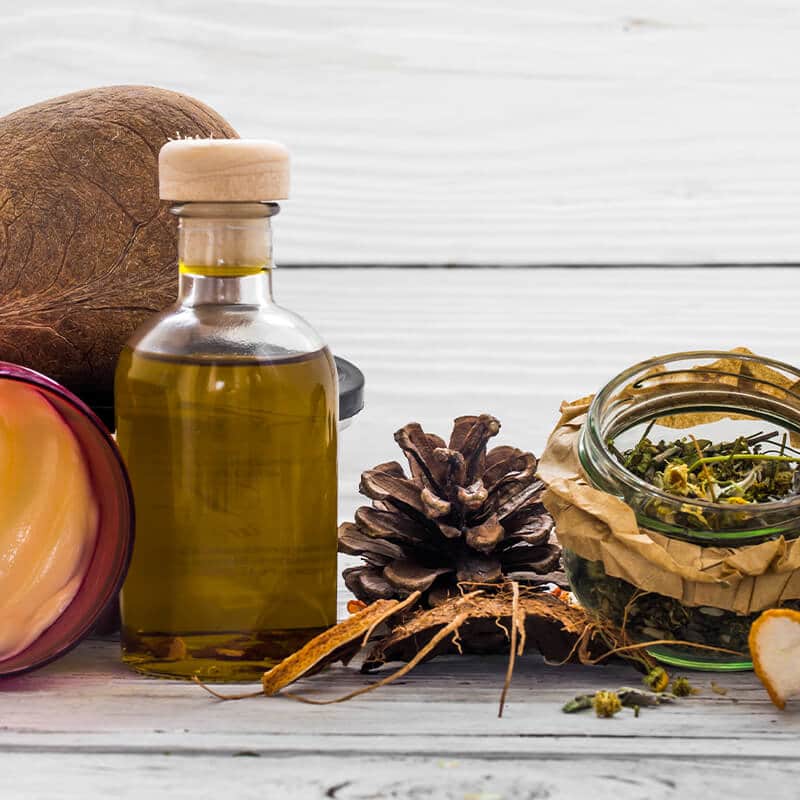
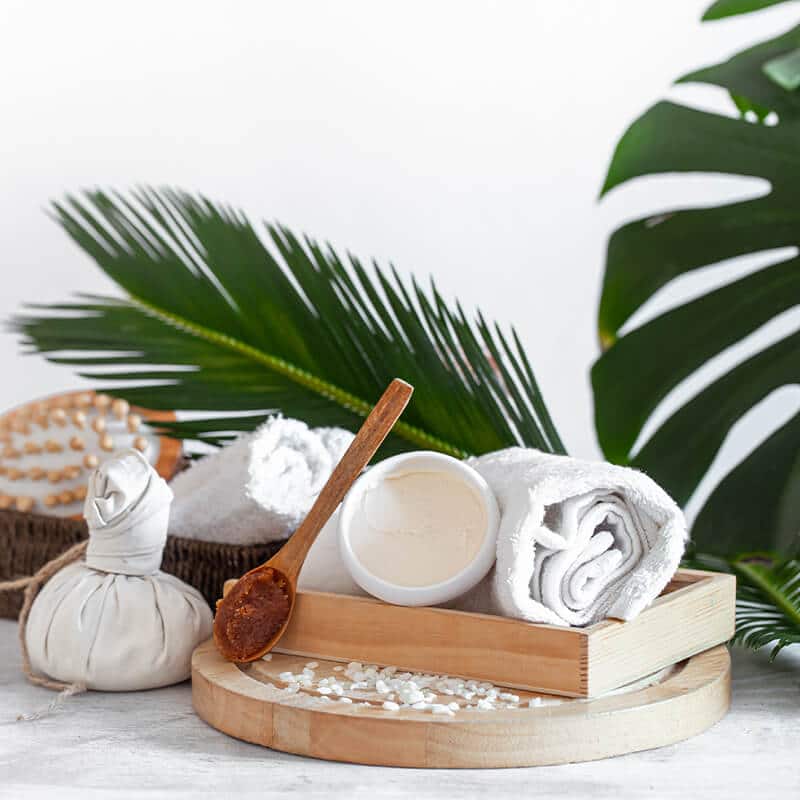
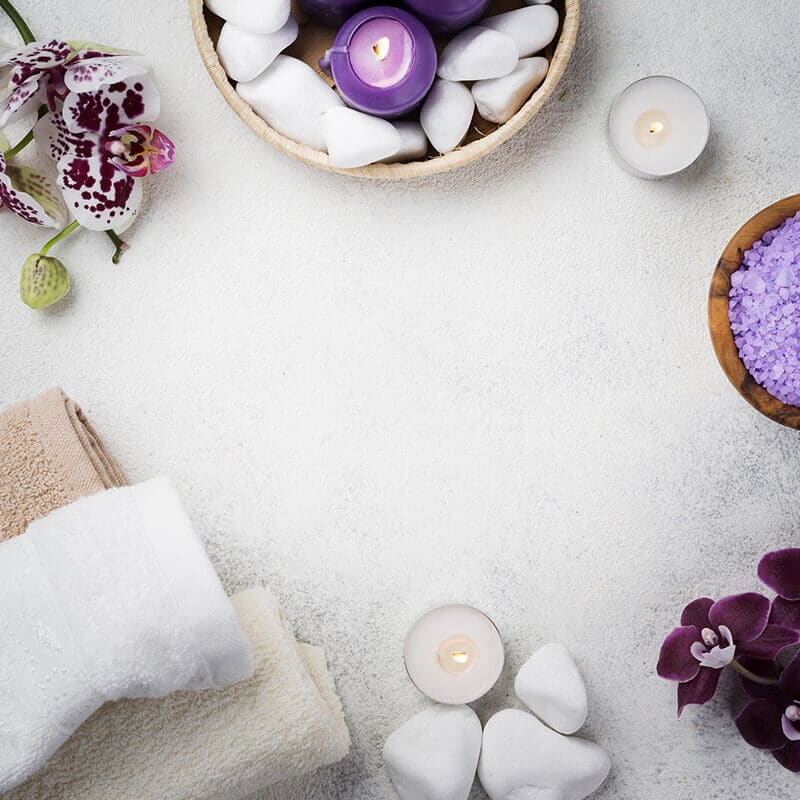
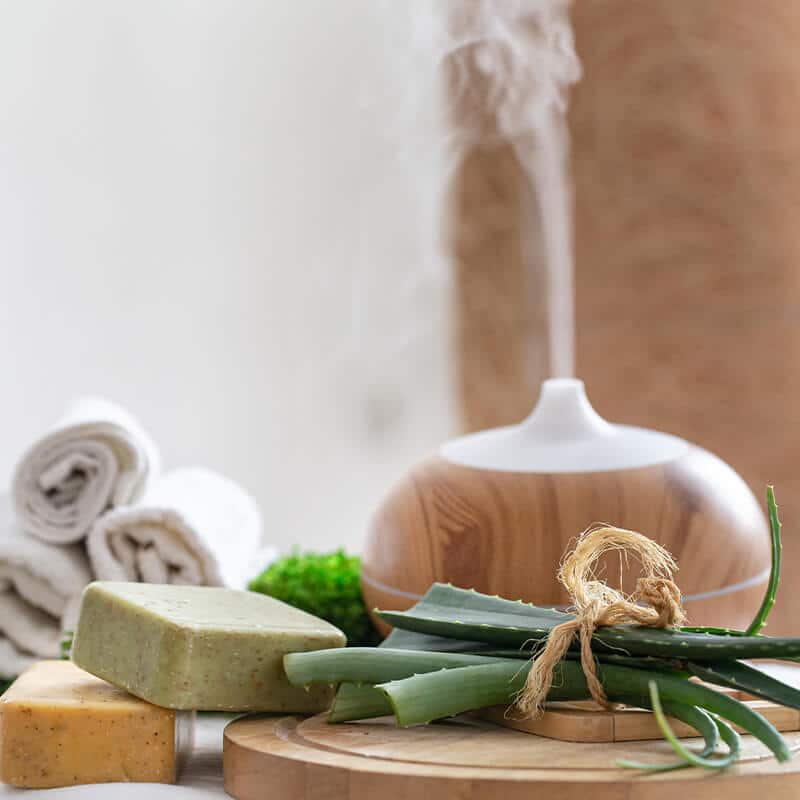
No Comments